The Bernanke Fed's policy has contributed to unemployment by rewarding banks for not making loans to consumers and businesses. Eighty-five percent of the Bernanke Fed's printing press expansion since August 2008 is sitting idle in the nation's banks as excess reserves (which is 56 percent of the August 2012 monetary base). The monetary base of the money supply (currency, coin and bank reserves) is the Fed's primary instrument for its operations.
From August 2008 to August 2012 the Bernanke Fed exploded the monetary base by $1.74 trillion (from $908 billion to $2.64 trillion). The nation's banks received huge deposits -- most of which they kept in idle money (excess reserves) that they were not required to hold. Idle reserves increased by $1.48 trillion ($1.482 billion in August 2008 to $1.483 trillion in August 2012).
One incentive the banks have for holding these idle reserves is that the Bernanke Fed has paid the banks one quarter of one percent interest on their reserves since October 2008, one month after the huge financial crash.
Generally, banks pay extremely low interest on the money from their depositors -- near zero as long as the Fed is trying to keep interest rates near zero. If the banks can pay little more than zero to get the deposits, they may choose to let the deposits sit idle and draw risk free interest from the Bernanke Fed.
You might think that one quarter of one percent interest is peanuts -- the Fed paid the banks $3.764 billion interest on their reserves in 2011 -- but even a Federal Reserve bank president disagreed with this Fed policy.
On Aug. 23, 2012, St. Louis Federal Reserve Bank President James Bullard, speaking on CNBC, rattled the stock markets and certainly the printing press enthusiasts on the Fed's decision making committee. Bullard disagreed about another major injection of money into the economy. Asked if he thought there should be another major injection: Bullard said, "I don't think so."
Three cheers for Bullard who said he would be willing to consider reducing the interest paid on excess reserves held by the nation's banks that they are not required to hold.
One month after the September 2008 massive financial crisis the Bernanke Fed began paying interest on the banks' reserves. In January 2012, I began to publicly question this policy. I spoke at the National Press Club, sponsored by Ralph Nader, and at Chapman University. Jim McTague, Washington Editor of Barron's, wrote:
University of Texas Professor Robert Auerbach an economist who studied under the late Milton Friedman, thinks he has the makings of a malpractice suit against Federal Reserve Chairman Ben Bernanke, [...] when the Fed began paying interest on money commercial banks parked at the central bank. The banks prefer the sure rate of return they get by sitting in cash, not making loans. Fed, stop paying, he says.
Recently, Sept. 13, 2012, the Federal Reserve announced a new monetary base expansion. The Fed will pump $40 billion a month into the economy until their officials see an unspecified decline in unemployment. Since they will continue an existing program of purchasing Treasury securities the expansion will amount to $85 billion a month until the end of this year. Where will most of that $255 billion go: consumer and business loans or into bank reserves?
Since Chairman Bernanke often praises the late Milton Friedman, my teacher and friend, I think it is useful to describe what Friedman thought about achieving full employment with rapid money growth.
Friedman came to visit me at the Kansas City Federal Reserve where I was working in the 1970s. I later introduced Friedman to a packed auditorium in the center of Kansas City where he talked about the mistake of trying to achieve full employment with fast money growth. Many countries have traveled the rapid printing press road to reach nirvana. Instead, the road led to a dismal place of rapid inflation and severe unemployment.
The officials of the Kansas City Fed held a luncheon for Friedman. One vice president told Friedman, "You look mostly at the money supply. We at the Fed look at everything." Friedman replied, "When you finish looking at everything what do you do with the money supply?"
The worst policy is what Chairman Bernanke has advocated: raise the interest rate paid to banks on reserves if necessary (an inducement for further unemployment) and keep the monetary base explosion going (the road to inflation and unemployment). The best Fed policy to reduce unemployment and prevent significant inflation is to stop rewarding the banks for holding excess reserves and stop the monetary base explosion.